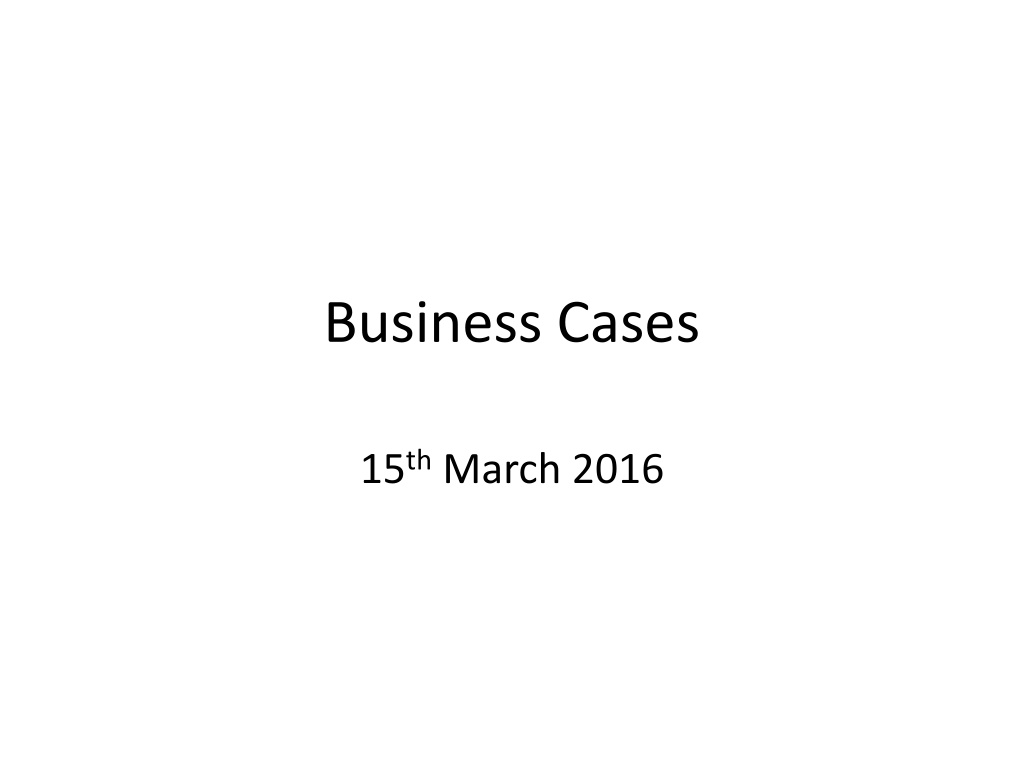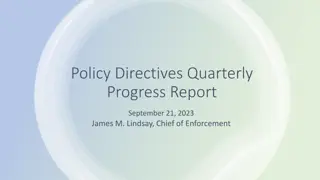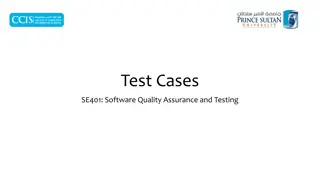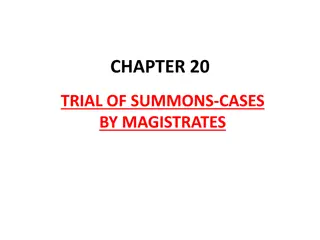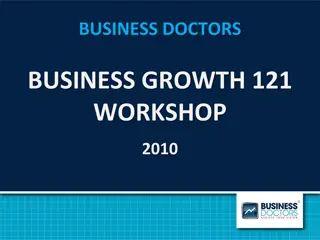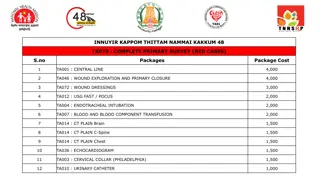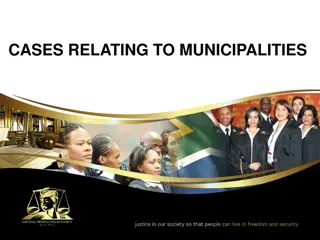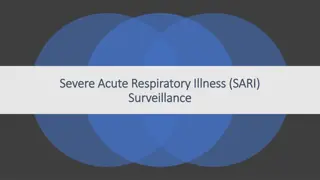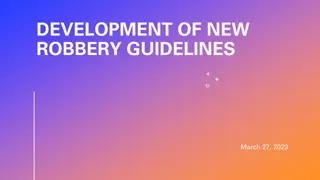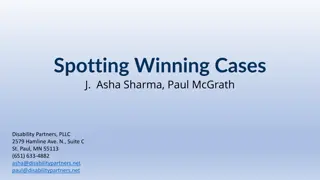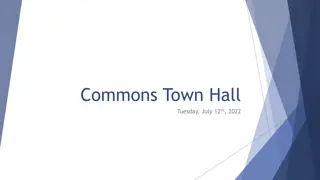Business Cases
A business case is a crucial document that showcases the impact and feasibility of a proposal, aimed at persuading decision-makers to invest resources. It delves into the economy, efficiency, strategic fit, risks, and more, providing a structured approach to decision-making. The process involves thorough appraisal, consideration of options, and making a recommendation based on financial impact, benefits, and risks. This comprehensive guide covers the essentials of creating and presenting a compelling business case, using real-world examples and exercises to enhance understanding and application.
Uploaded on Mar 03, 2025 | 0 Views
Download Presentation

Please find below an Image/Link to download the presentation.
The content on the website is provided AS IS for your information and personal use only. It may not be sold, licensed, or shared on other websites without obtaining consent from the author.If you encounter any issues during the download, it is possible that the publisher has removed the file from their server.
You are allowed to download the files provided on this website for personal or commercial use, subject to the condition that they are used lawfully. All files are the property of their respective owners.
The content on the website is provided AS IS for your information and personal use only. It may not be sold, licensed, or shared on other websites without obtaining consent from the author.
E N D
Presentation Transcript
Business Cases 15thMarch 2016
What is a business case? Statement of total impact (quality and financial) of undertaking a proposal what will change by doing this? A demonstration of: Economy, efficiency and effectiveness Strategic fit, operational capacity and capability, and risk assessment
Why do a business case? To persuade decision makers to invest resource (time/money) in your proposal. Why do something at all? Why do this over something else? Should and can we do it? Plus demonstrates probity, provides an audit trail
Approval process CDG and Divisional Board Combined Board Business Case Advisory Panel Capital Investment Group Finance & Performance Committee Commissioners CCG or NHS England Trust Board NHS Improvement (external body) Size and complexity
Options What is driving the change? The do nothing option What are the options? Do this Do something else Do something else entirely Think carefully about this choice
Appraisal Financial Impact Income, costs, WTE, capital, and cash Benefits Patient experience, staff satisfaction, clinical outcomes Risks Stakeholders, delivery, workforce, legal
Recommendation Your preferred option Should be the natural conclusion following the appraisal undertaken on each option Still needs to be affordable and do-able
Exercise 1 The Trust currently doesn t do Medical Thoracoscopy. What information do you need to write a business case to support the investment in this service?
Exercise 1 - Information What is the approval process? Is there a standard form or template? Key contacts e.g. Finance Manager What is current pathway? What is proposed pathway? How many patients? What is potential for expansion? What s the tariff? Who pays? What s the cost? What equipment is needed? Charitable funding? Any ongoing maintenance, consumables or CSSD? Where will the procedure take place? Do they have capacity? Who will undertake procedure? Training requirements? Any other impacts e.g. diagnostic imaging? Performance impact? Improve RTT or Cancer access? Clinical outcomes/ audit evidence (I m sure you ve got this one) Patient benefits (and this one)
3 key tests The if test The sniff test The pitch test
The if test If it were your money, would you do it? Need to demonstrate the benefits outweigh the costs: Income > expenditure Savings > expenditure Doing something > doing nothing
If it were my money... What is really driving the change? New requirement Addressing a risk Opportunity to do something better Be clear about what you are asking for and the benefits No hidden extras or surprises Clinical evidence suggests a 10% increase in recovery rate is better than outcomes will improve Have you thought through all the consequences? Impact on other departments, not just your own Both cost and benefit
The sniff test Does it smell right? Need to demonstrate this solution is the same any other reasonable person would propose Are there any potential conflicts of interest? Why this proposal and not a different one? Are you tackling the cause and not the symptoms?
Key questions Are there any unexposed underlying motives? Who benefits? Declare any conflicts of interest Is it realistic? Does it have commissioner support? Does it have patient support? Do other departments support it? Does it look like a gold plated solution? Are the risks and benefits clearly defined?
The pitch test Can I explain it clearly and simply? Remember your audience: Not experts, but not totally ignorant It needs analysis, not an essay Quality not quantity (use appendices) Use your pitch as the framework for writing your case
Exercise 2 How would you structure the Medical Thoracoscopy business case? What is your elevator pitch ?
Time for the pitch http://www.ipswichhospital.nhs.uk/aboutourhospital/Images/Trust%20Board/Nick-Hulme.jpg
Structure Executive summary (pitch) Current pathway New pathway Net benefit of new pathway over old Quality Financial Supporting evidence (in appendix) Commissioner support (in appendix)
If you remember anything Have you got to the real heart of the issue? Start with your pitch and build your case around this Choose your options carefully Have evidence for each claim (in an appendix) Be realistic Talk to people and get help Keep it concise and focus on the key elements
